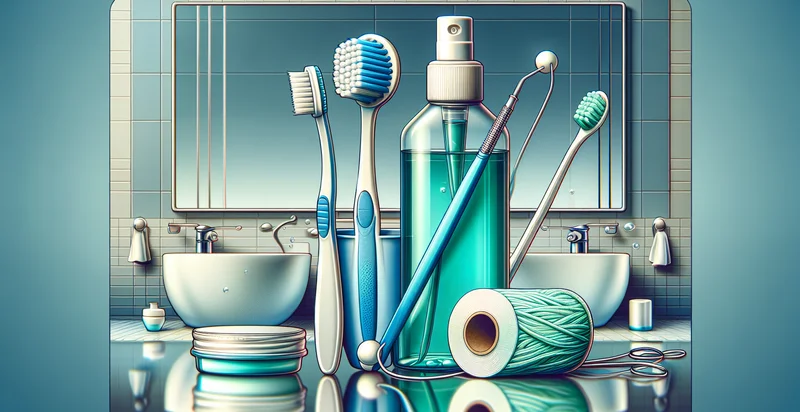Identify tartar presence
using AI
Below is a free classifier to identify tartar presence. Just upload your image, and our AI will predict if tartar is present - in just seconds.

Contact us for API access
Or, use Nyckel to build highly-accurate custom classifiers in just minutes. No PhD required.
Get started
import nyckel
credentials = nyckel.Credentials("YOUR_CLIENT_ID", "YOUR_CLIENT_SECRET")
nyckel.invoke("tartar-presence", "your_image_url", credentials)
fetch('https://www.nyckel.com/v1/functions/tartar-presence/invoke', {
method: 'POST',
headers: {
'Authorization': 'Bearer ' + 'YOUR_BEARER_TOKEN',
'Content-Type': 'application/json',
},
body: JSON.stringify(
{"data": "your_image_url"}
)
})
.then(response => response.json())
.then(data => console.log(data));
curl -X POST \
-H "Content-Type: application/json" \
-H "Authorization: Bearer YOUR_BEARER_TOKEN" \
-d '{"data": "your_image_url"}' \
https://www.nyckel.com/v1/functions/tartar-presence/invoke
How this classifier works
To start, upload your image. Our AI tool will then predict if tartar is present.
This pretrained image model uses a Nyckel-created dataset and has 2 labels, including No Tartar and Tartar Present.
We'll also show a confidence score (the higher the number, the more confident the AI model is around if tartar is present).
Whether you're just curious or building tartar presence detection into your application, we hope our classifier proves helpful.
Related Classifiers
Need to identify tartar presence at scale?
Get API or Zapier access to this classifier for free. It's perfect for:
- Dental Diagnostic Support: The tartar presence identifier can be integrated into dental software to assist dentists in assessing patients' oral health more accurately. By analyzing images, the tool can highlight areas with tartar buildup, guiding professionals in making informed treatment decisions.
- Teledentistry Enhancement: Telehealth platforms can leverage the tartar presence identifier to provide remote consultations. Patients can upload images of their teeth, and the system can identify tartar presence, enabling practitioners to offer tailored advice and preventive care recommendations.
- Dental Education Tool: Dental schools can use the tartar presence identifier as an educational resource for students. By identifying tartar in various images, students can enhance their diagnostic skills and learn about the progression of periodontal diseases.
- Dental Marketing Campaigns: Dental clinics can utilize the identifier in marketing efforts to promote regular check-ups. By demonstrating how the tool effectively identifies tartar, clinics can highlight the importance of early detection and prevention in maintaining oral health.
- Oral Hygiene Product Development: Manufacturers of oral hygiene products can use the tartar presence identifier to conduct research and development. By analyzing effectiveness through image classification, they can optimize formulations in products designed to reduce tartar buildup.
- Insurance Assessment Aid: Dental insurance companies can implement the tartar presence identifier to streamline claims processes. By accurately assessing the severity of tartar buildup through images, insurers can support claims related to periodontal treatments more effectively.
- Patient Engagement Application: A mobile app can utilize the tartar presence identifier to engage patients in their oral health journey. By providing feedback and reminders based on real-time image analysis, patients can be motivated to adopt better oral hygiene practices and schedule consistent dental visits.


